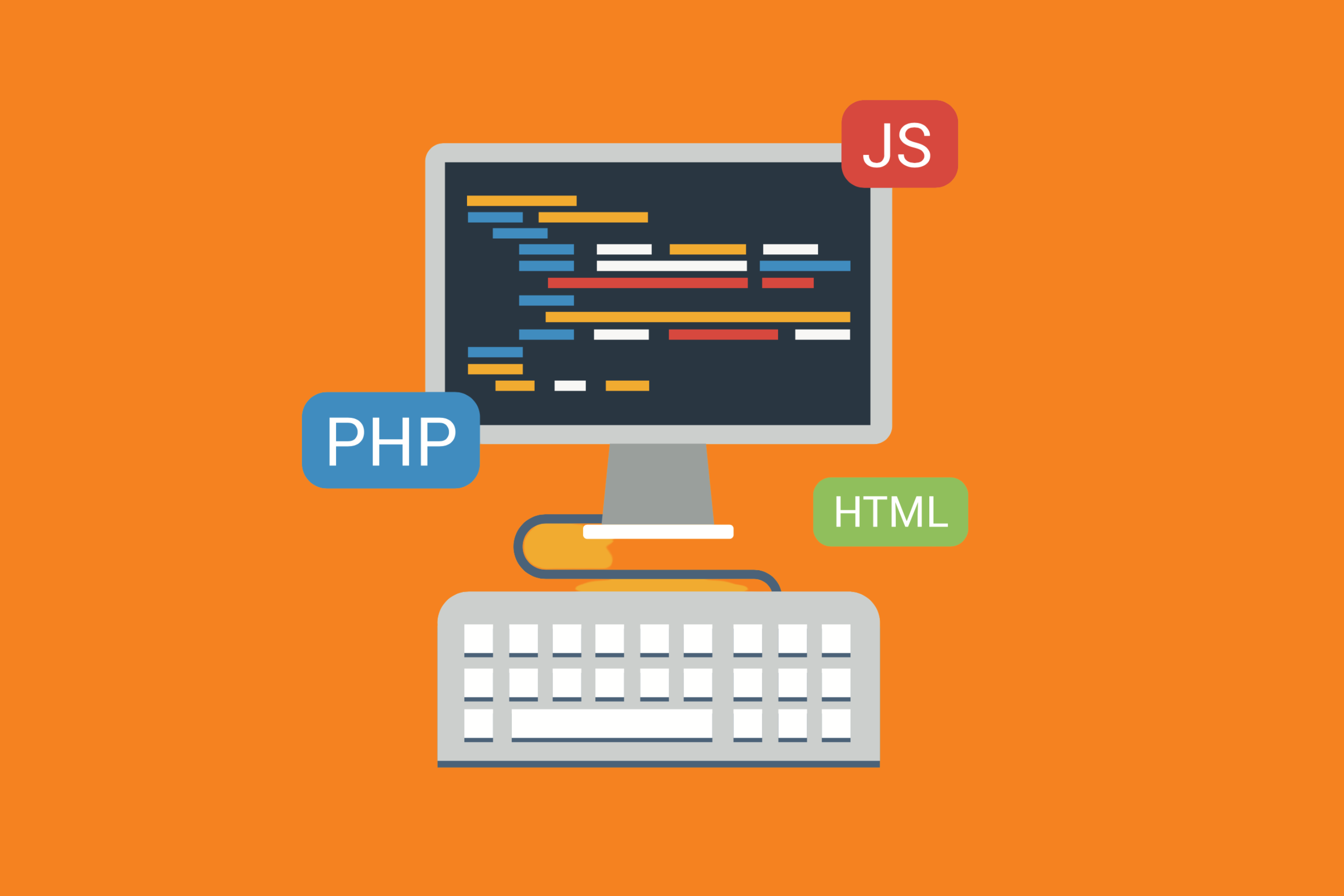As a project manager, you’ve likely used both Kanban and Gantt charts at some point to help get an overview of projects, including who is working on what. They are great tools to showcase, at a high level, the moving pieces of different aspects of a project. However, which is the most useful for software development teams?
Let’s first take some time to understand the differences between each and then break down where they might be the most useful.
What is a Gantt Chart?
Gantt charts visually showcase activities’ start and finish dates in a visualized manner. It’s based on the dependencies among the activities. For example, Step 2 (Deliverable 2) cannot start before Step 1 (Deliverable 1) is complete.
Gantt charts don’t just show the normal ordered flow of a project. Project managers can also:
- Check different scenarios. For example, if a part is delivered 30 days later than expected, project managers can see how that scenario will affect other areas of the project).
- Analyze delays. For example, if a project ends two weeks later than scheduled, managers can go back and find out how much of the delay was caused by what aspect of the project).
- Reveal critical actions. Some actions can be delayed without impacting the flow of the project. Others might make work grind to a halt. Understanding which is critical will help ensure these potential bottlenecks are treated with care.
Gantt charts are best leveraged when dependencies drive a project’s schedule. They’re also suitable when there is a pre-determined plan for the scope of an entire project.
What is a Kanban Board?
A Kanban board is a series of cards and columns that can be moved around and assigned to various people/teams. It’s meant to visualize work and show who is working on what and how far along the task is. Bitband uses Kanban boards as a way to organize teams and visualize work in its Bitband App.
Kanban boards don’t have dependencies with each other (Step 2 on a Kanban board theoretically can move further along the board towards completion before Step 1) and therefore are more suited to plans that evolve over time (as priorities shift and change.
Kanban boards are also great for projects that contain repetitive tasks. And, since they work best with evolving conditions on the ground, they are great for ongoing projects and Agile approaches.
The Main Differences
At the end of the day, both Gantt and Kanban boards are two different ways to visualize project data. However, their unique ways of visualizing the realities on the ground have practical implications.
Each visualization method has differences that bring into effect other implications. For example, here are a few notable differences that may affect what you would use for your project.
Set vs Evolving Projects
Gantt charts are ideal for projects but not day-to-day operations or ongoing projects that are amorphous. Not everything is a project; indeed, not everything needs a Gantt chart. Kanban, however, works well with projects and processes that evolve and help to deliver clarity and regularity to the flow of work.
Types of Items Tracked
Since Kanban boards have fixed columns, not every project will fit into the structured visualization of a Kanban Board. As a result, Gantt charts are more flexible and offer more visibility from different angles.
Planning Methods
Gantt charts are best suited to projects that have a very clear plan outlined at the outset. The more detailed, the better. A Gantt chart may not be effective if only high-level items are outlined, as it will be hard to scope the dependencies. Kanban boards are much better for plans designed to evolve, as you can always add new cards as you go. This makes Kanban, and not Gantt, much better for Agile projects, which are often how software development teams prefer to organize themselves.
Dependencies
Gantt charts need dependencies in order to be effective. Kanban boards really don’t. A Gantt chart is essential if you have a project where you need to see the dependencies or interdependencies.
Why Software Development Teams Lean Towards Kanban Boards
By now, the differences between Gantt charts and Kanban boards should be pretty straightforward. While one is best for well-scoped projects with several dependencies, the other is better for ongoing work or projects that are subject to change.
Software development is quite dynamic and not as rigid as, for example, the physical manufacture of an item. Priorities can shift, or projects can remain ongoing as the software develops and evolves. There is also the risk of bugs arising at any point in the development process. These must be addressed on the fly.
As software development companies take an Agile approach to development, the flexibility of Kanban boards makes a lot of sense. That said, there’s no reason Kanban and Gantt cannot be used in tandem.
For some project managers, it might make sense to use Kanban boards for the subset of projects (for different and recurring tasks) and utilize a Gantt chart to view the project as a whole (in a predictive context).
Want more Bitband insights? Check out:






